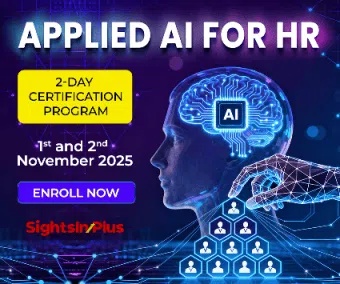India’s top five IT services companies—TCS, Infosys, Wipro, HCLTech, and Tech Mahindra—reported a combined net reduction of 1,606 employees in the September 2025 quarter, marking a sharp contrast to the 12,000 net additions recorded during the same period last year.
The shift reflects a cautious hiring sentiment amid evolving business models, increased automation, and a focus on domain-specific skills.
Infosys, TCS, Wipro, HCLTech Hiring Trends: From Expansion to Consolidation
The September quarter’s headcount data highlights a broader recalibration in India’s IT sector.
While the industry added 3,800 employees in the June 2025 quarter, it had seen a net reduction of 5,000 in the March quarter of FY25.
The current decline suggests that companies are prioritizing productivity and efficiency over aggressive expansion.
Among the five firms, TCS reported the steepest drop, with nearly 20,000 fewer employees compared to the previous quarter.
In contrast, Infosys added over 8,000 employees, making it the only company among the five to report a significant increase in headcount during Q2 FY26.
Automation and AI Reshaping Workforce Needs
The decline in hiring is largely attributed to accelerated adoption of automation and AI tools, which are reshaping delivery models and reducing dependence on traditional roles.
Companies are increasingly investing in platforms that require fewer manual interventions, thereby impacting hiring in support and mid-level roles.
Industry experts note that while overall headcount may shrink, demand for specialized talent in cloud, cybersecurity, and AI engineering remains strong.
Firms are selectively hiring for niche roles that align with their digital transformation goals.
Attrition Rates and Employee Strategy
Attrition rates across the top IT firms have also moderated, contributing to the overall headcount stability.
Infosys reported an attrition rate of 14.3%, down from previous quarters, indicating improved employee retention strategies.
Companies are focusing on internal mobility, reskilling programs, and flexible work arrangements to retain talent and reduce hiring costs.
This shift is part of a broader strategy to build a leaner, more agile workforce capable of adapting to rapid technological changes.
Note: We are also on WhatsApp, LinkedIn, and YouTube to get the latest news updates. Subscribe to our Channels. WhatsApp– Click Here, YouTube – Click Here, and LinkedIn– Click Here.



